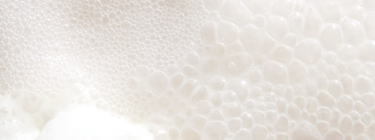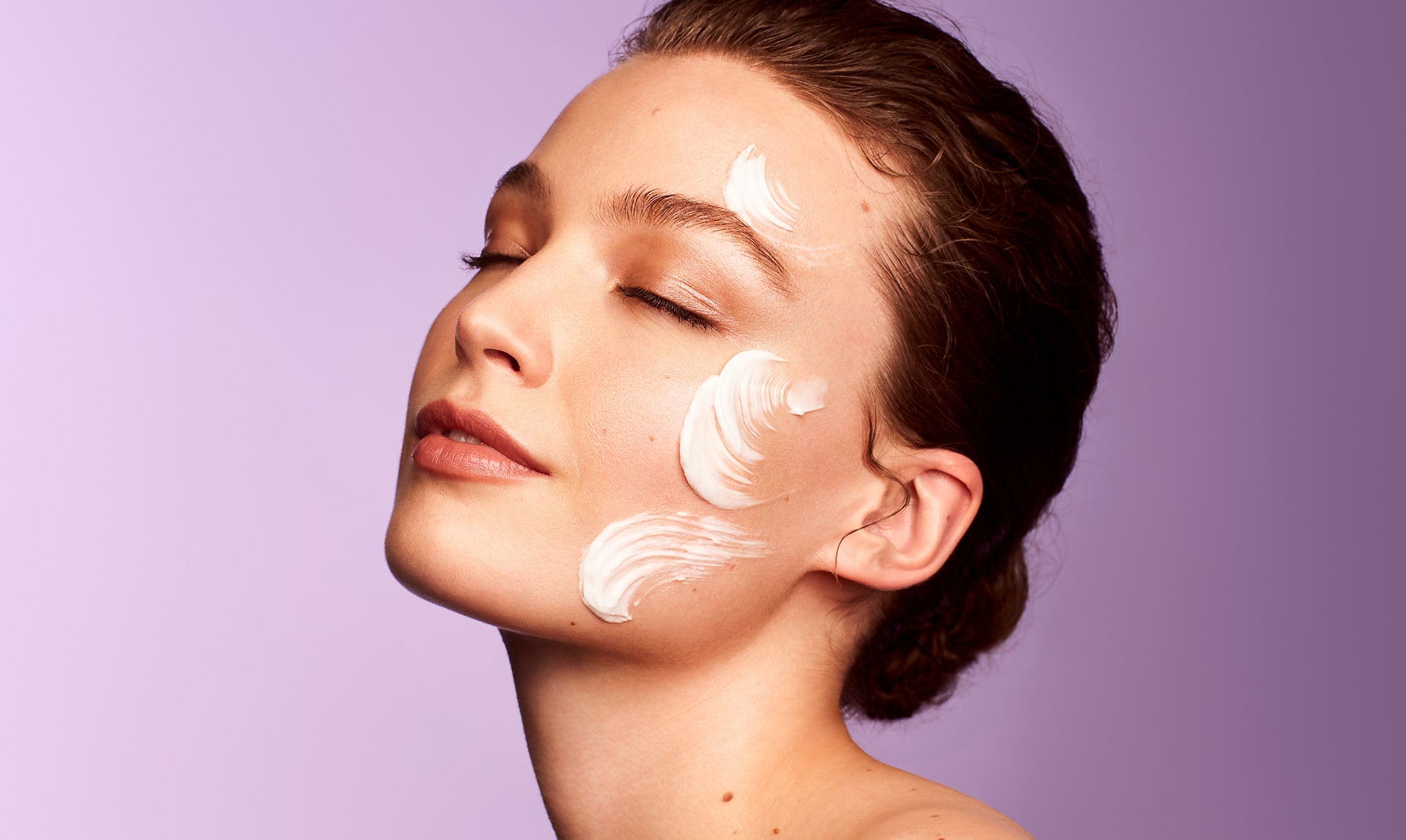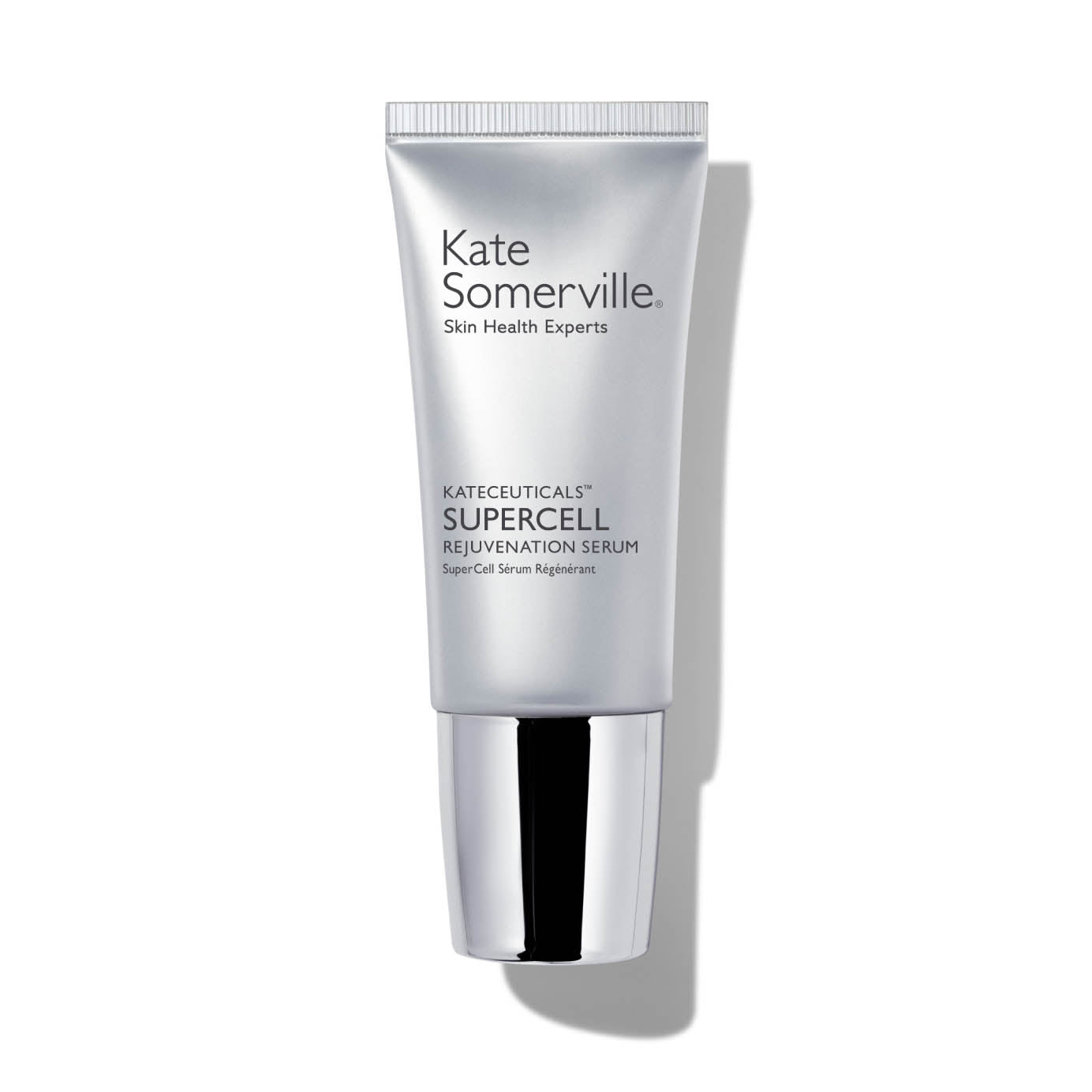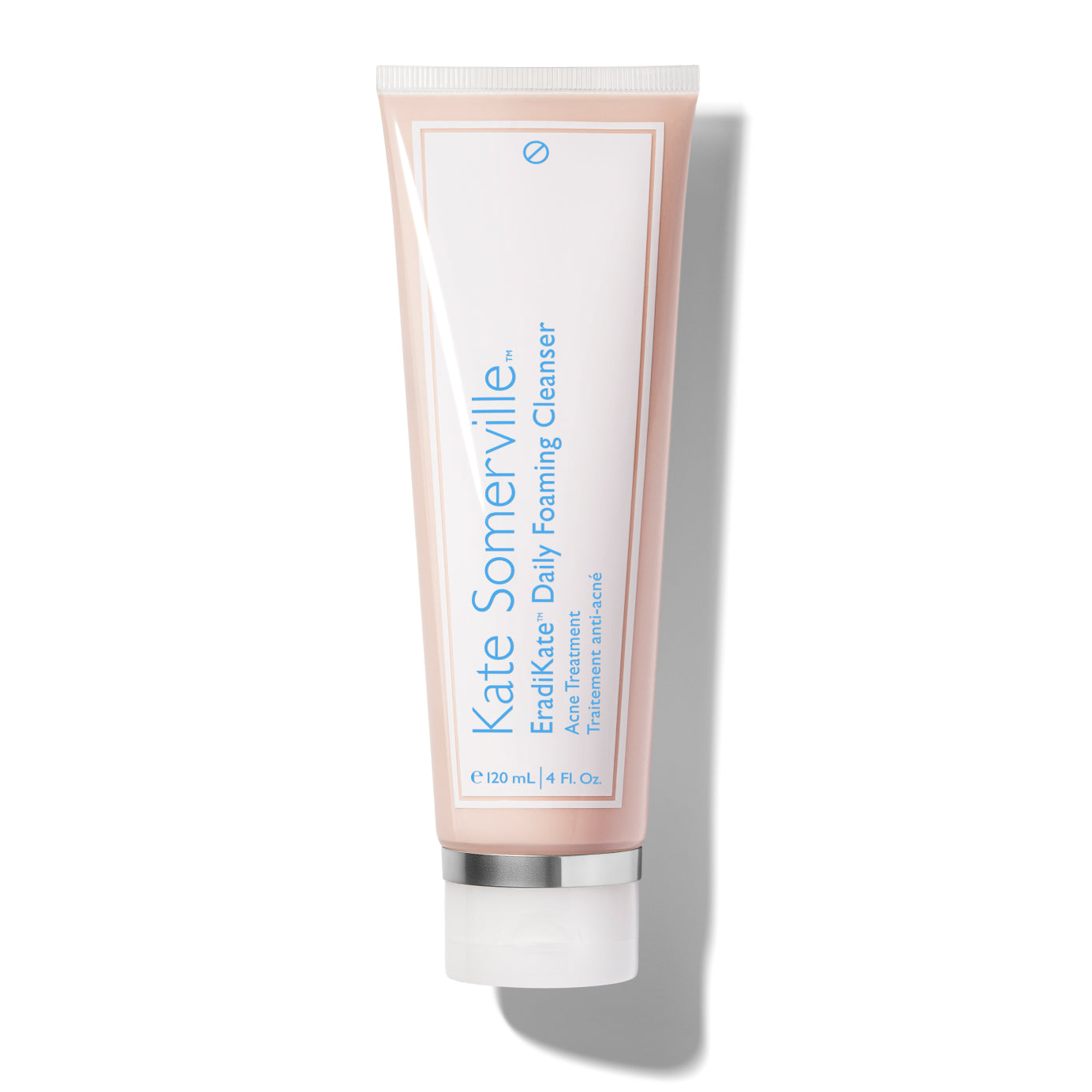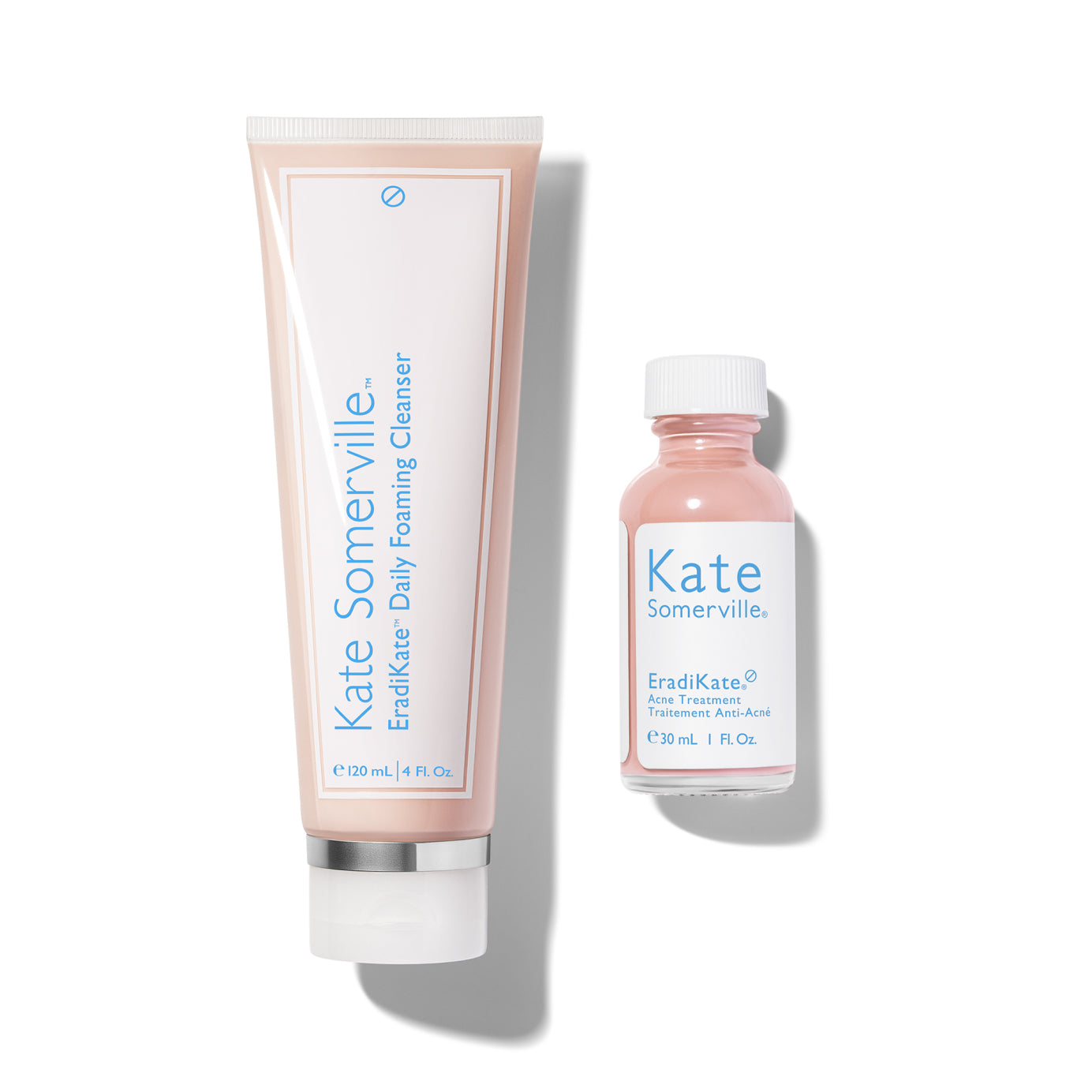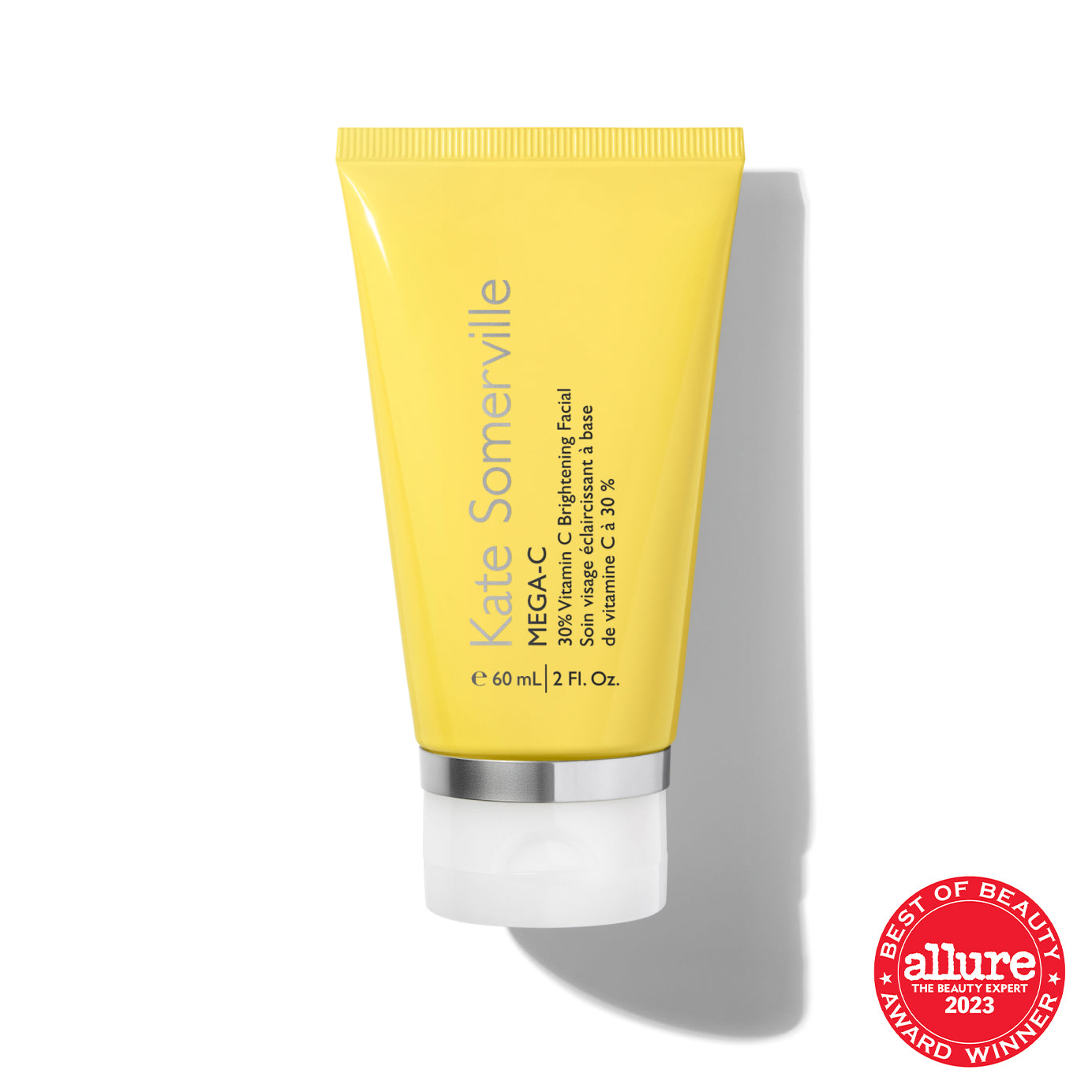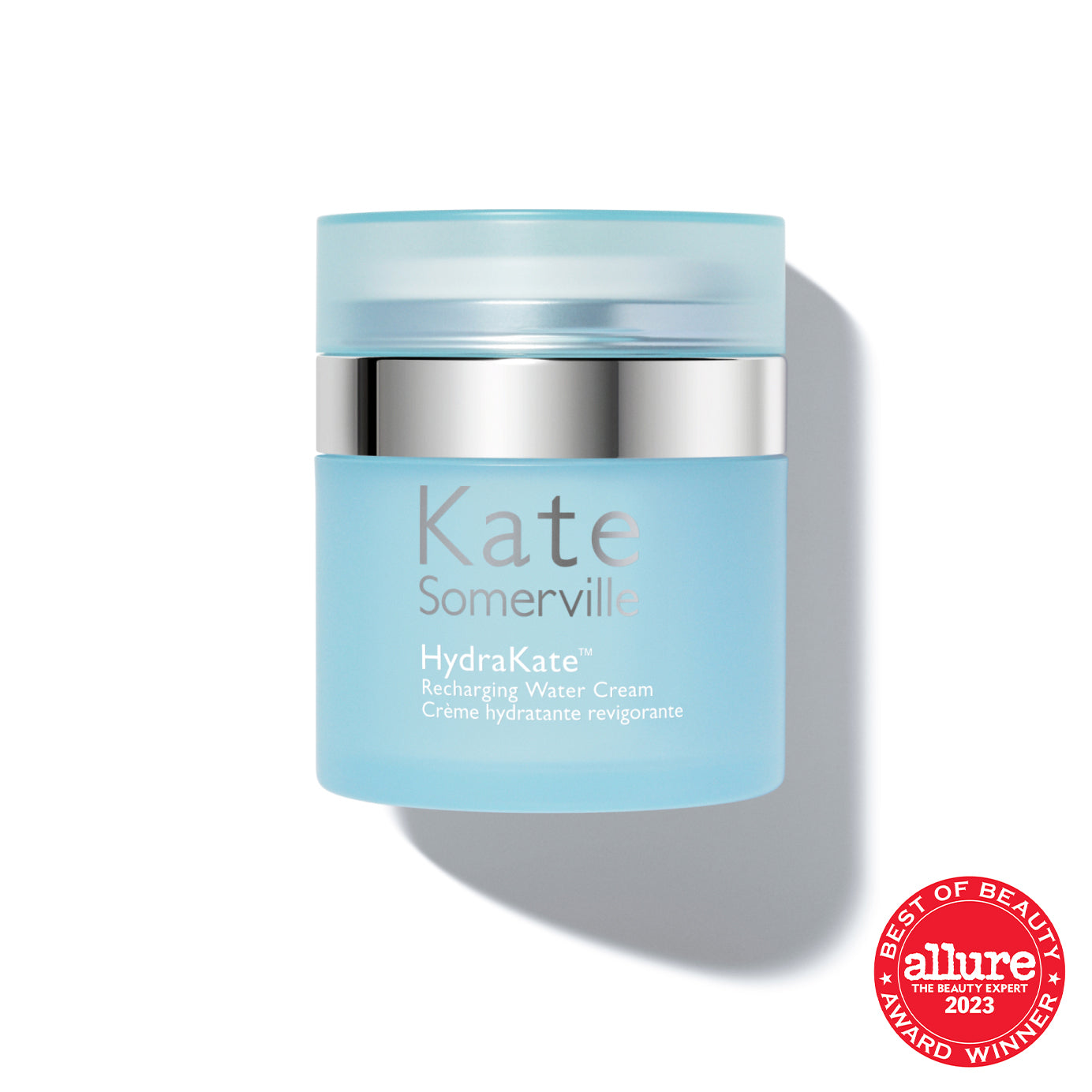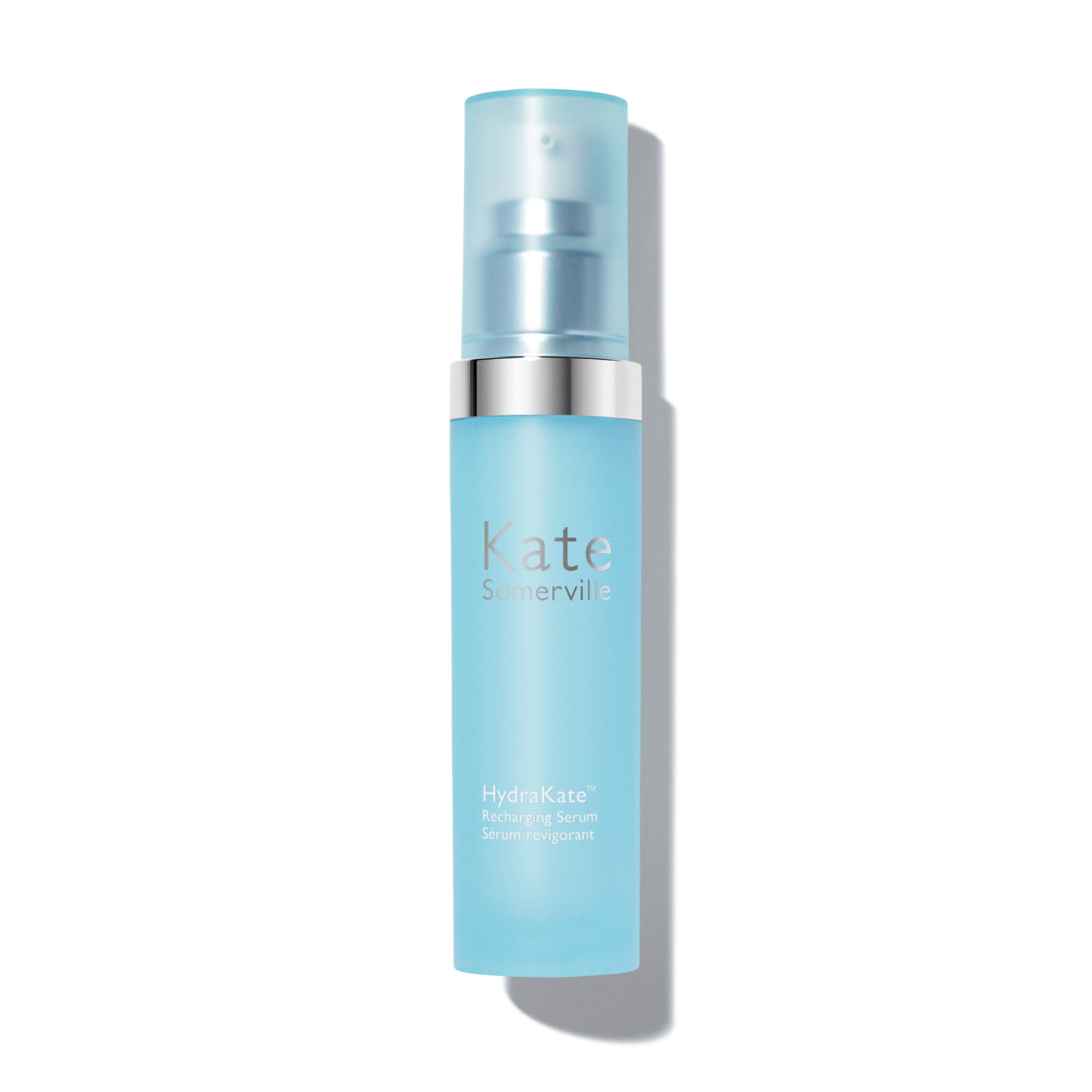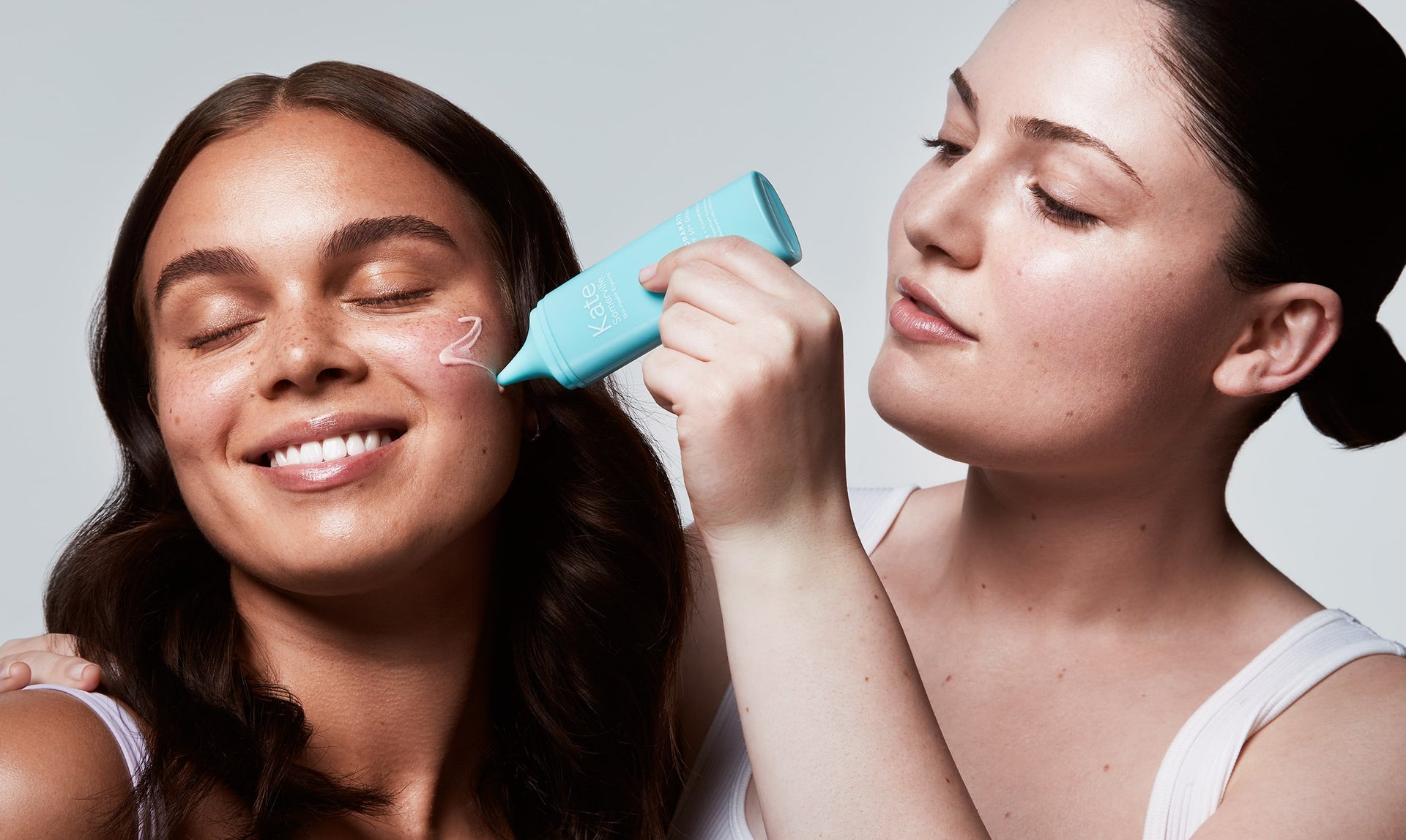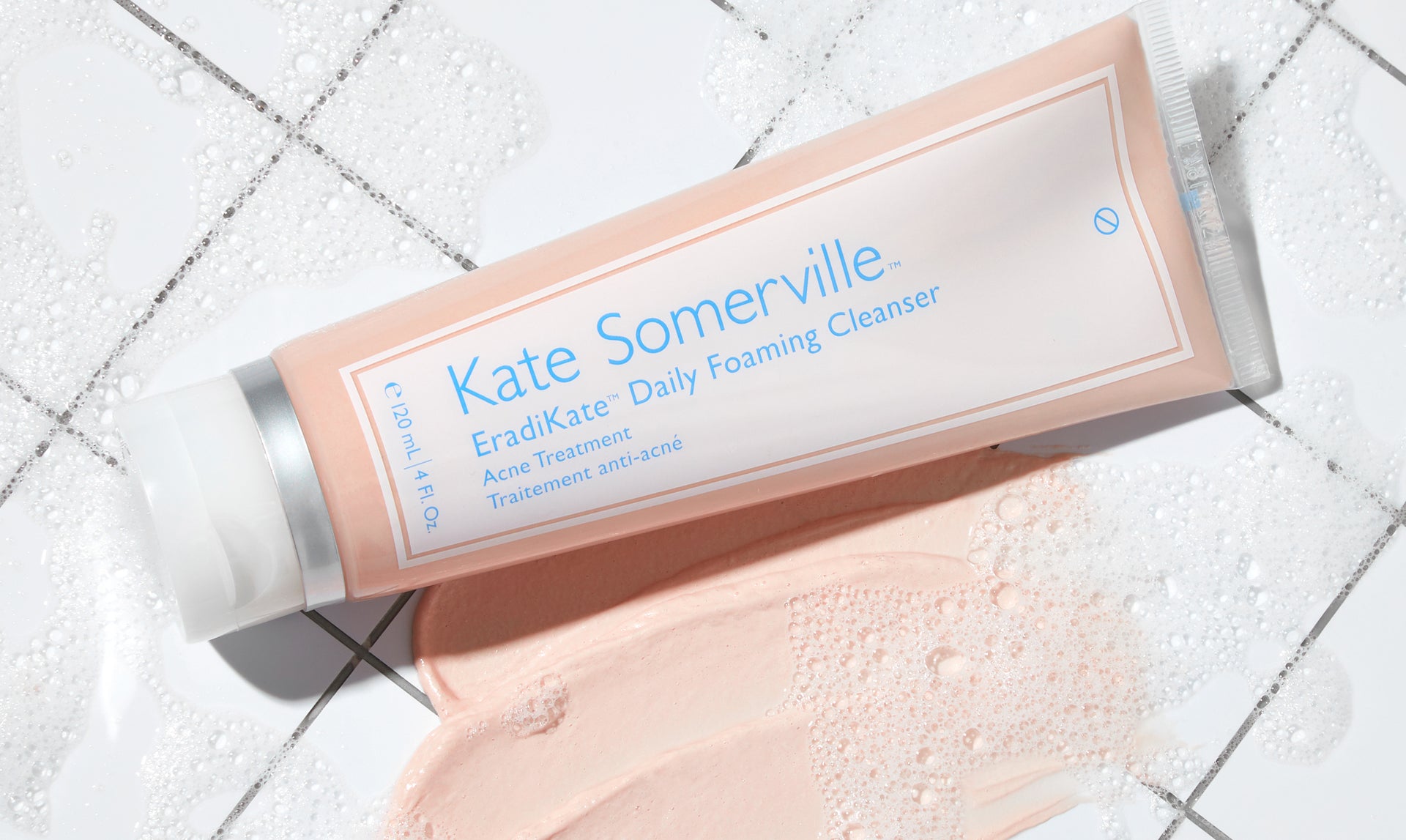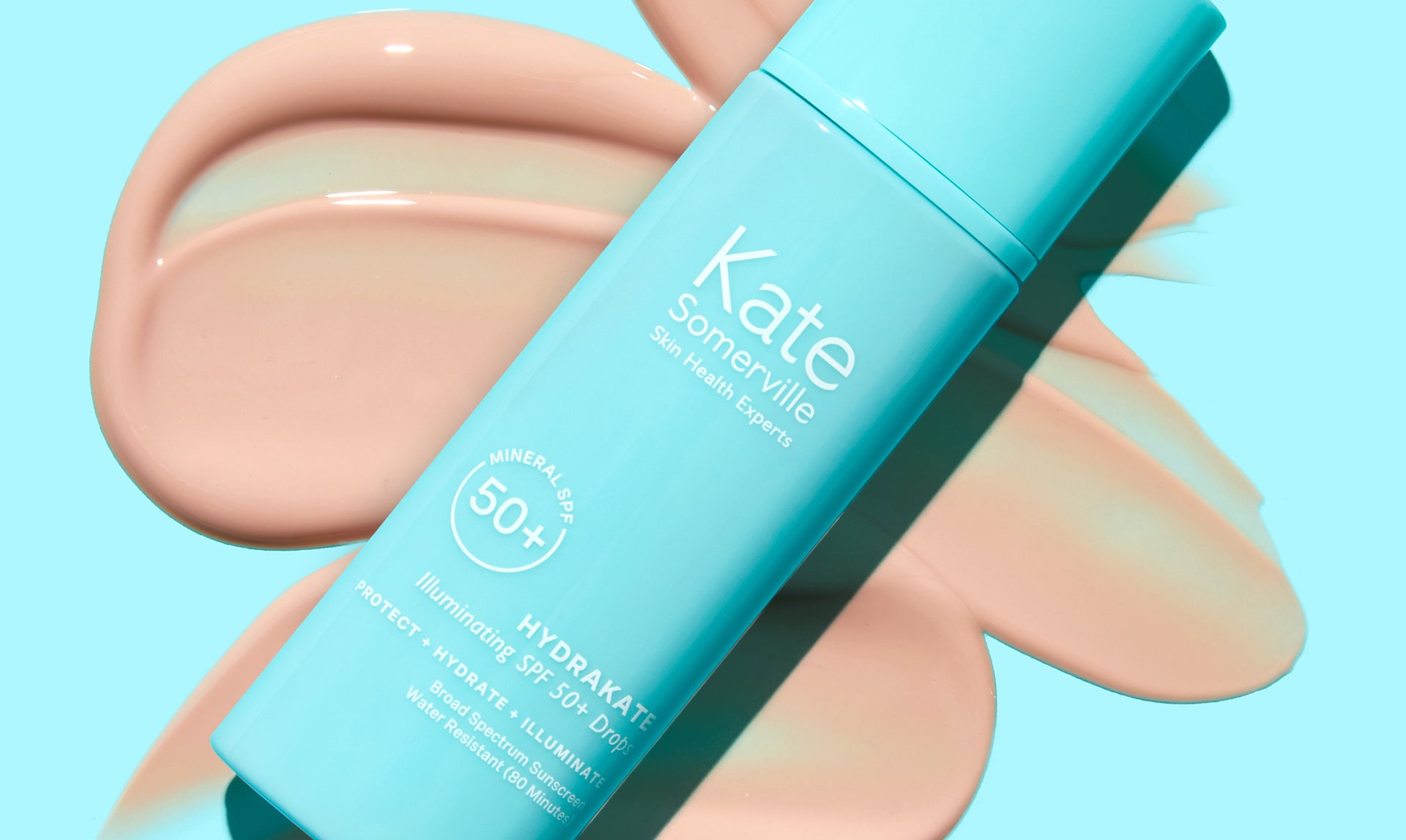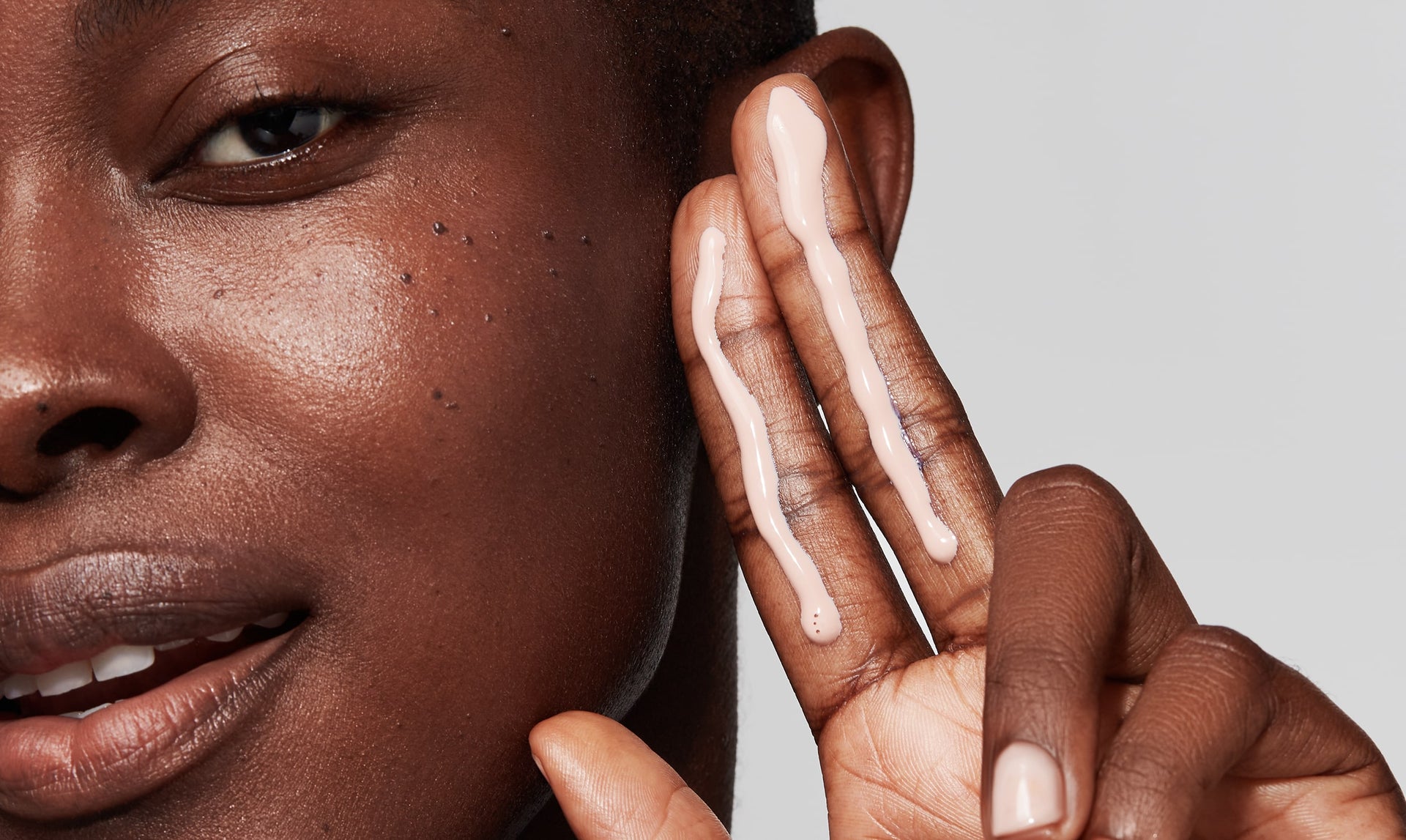As Skin Health Experts, we’re passionate about educating customers and clinic clients on the importance of having a skincare regimen that’s unique to your age, skin type, and specific skin concerns. We never prescribe a cookie-cutter routine. However, we all agree that sunscreen should be the final step in your morning skincare routine as well as something you reapply throughout the day if you’re in the sun.
The benefits of daily SPF go beyond its ability to protect skin from harmful UV rays and reduce the chances of developing skin cancer. Making sunscreen a part of your daily routine can prevent signs of premature aging, including the appearance of wrinkles, loss of firmness, and sun spots. Though sunscreen is a relatively new skincare product that gained interest in the 1950s, zinc oxide has been a popular ingredient in mineral sunscreen for much longer. Below, we share some of our favorite facts and benefits about zinc oxide and how you can incorporate this ingredient into your skincare routine.
What is Zinc Oxide?
Zinc oxide is a white, powdery mineral commonly used in topical skin care applications. Additionally, it is added to numerous cosmetics and can be found in medical products like diaper rash cream, zinc oxide ointment, and bandages.
Zinc Oxide in Sunscreen
Nearly every skin type will benefit from zinc oxide, which is why dermatologists recommend introducing zinc oxide sunscreen starting as early as six months old. It provides maximum protection from UVA rays for individuals whose skin is still maturing. It's also suitable for people with sensitive skin whose natural skin barrier may have weakened over time.
Zinc oxide is a primary ingredient in physical sunscreens, including our Kate Somerville Daily Deflector™ Mineral Face Sunscreen. What makes it so effective? In addition to preventing premature aging caused by UV rays, it also helps shield your skin against blue light from laptops, cell phones, and other electronics. When applied topically, zinc oxide sits on the skin and acts as a protective barrier rather than getting absorbed into the skin like most chemical sunscreens.
Because younger and sensitive skin often have a weaker natural barrier, skincare products are more deeply absorbed, leading to irritation. This zinc compound sits on the surface of your skin, making it less irritating and less likely to cause breakouts.
Physical Effects of Zinc Oxide in Sunscreen
Because zinc oxide sits on top of your skin, it's often more visible than chemical sunscreens. In addition, its white coloring and thick consistency may cause a noticeable cast when applied that can turn the skin into a temporary greyish hue. When used in the right concentration and when combined with additional skin-benefiting ingredients, it won't leave an unwanted cast.
Benefits of Zinc Oxide in Skin Care Products
Aside from protecting your skin from harmful UV rays and UVB rays, zinc oxide offers a wide range of other benefits, including:
Benefit #1: Helps Balance Oil Production
If you have oily skin and/or unwanted shine, applying a zinc oxide cream or any other product with zinc oxide can help minimize excess oil. Zinc oxide helps to visibly minimize pores and improves your overall complexion.1
Benefit #2: Promotes Healing
Zinc oxide is incredibly restorative and is often used to heal wounds and soothe skin after irritation. Much like how it protects your skin from UV rays, it forms a barrier against other irritants that may prevent wound healing.
Benefit #3: Prevents Premature Aging
The properties of zinc oxide make it a powerful skincare ingredient for anti-aging purposes. Additionally, zinc oxide can boost your body's ability to produce collagen—the main factor in bouncy, youthful-looking skin. By regularly applying products that contain zinc oxide, your skin will maintain its elasticity, minimizing visible fine lines and wrinkles.
More Than Just a Skincare Product
Not only is zinc oxide an effective skincare product, but it can also be found in other beauty products like shampoo. Just as it can help minimize excess oil on the face, it can also control the amount of oil produced on your scalp. Using hair care products that contain this beneficial mineral can help calm the symptoms of a dry, itchy scalp.
Working zinc oxide into your self-care routine has many benefits ranging from sun protection to wound care. And while it’s safe to use for nearly every skin type, the product and concentration used may need to be adjusted from person to person. When applying products that contain zinc oxide, pay attention to how skin responds. We recommend working it into your skincare regimen slowly for the best results.
Got questions? Our Skin Health Experts are here to help. Chat with a Customer Care team member using our online chat feature. Or book a skin consultation at one of our clinics in Los Angeles, New York or London.
Sources:
